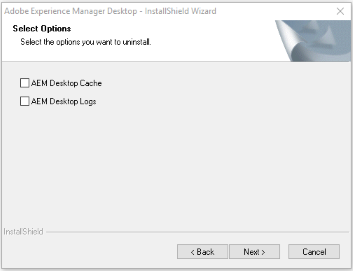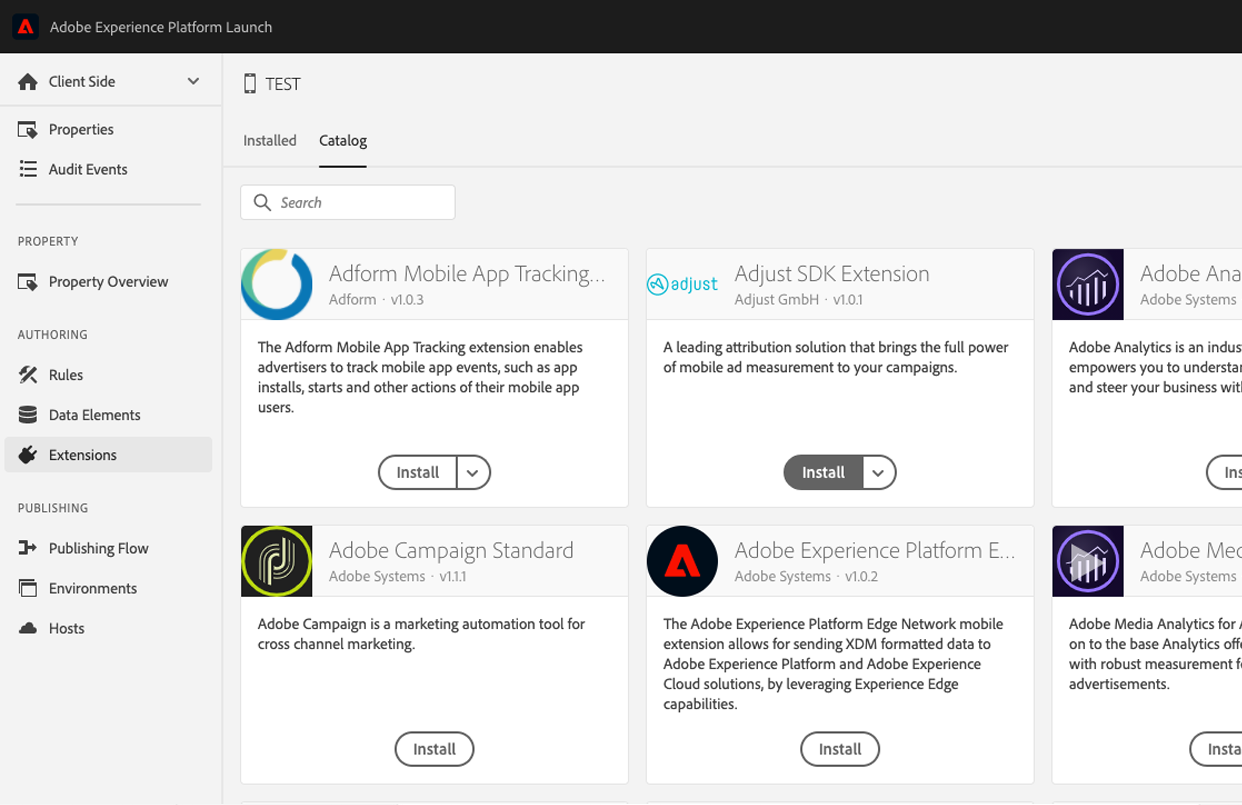

In AEM terminology an “instance” is a copy of AEM running on a server.
All client interaction with AEM is done through a web browser. The AEM server is Java-based and runs on most operating systems that support that platform. The repository stores not only the user-facing content but also all code, templates and internal data used by the application.īuilding on this base, AEM also offers a number of application-level features for the management of:įinally, customers can use these infrastructrue and application-level building blocks to create customized solutions by building applications of their own. Content Repository: AEM includes a Java Content Repository (JCR), a type of hierarchical database designed specifically for unstructured and semi-structured data.



 0 kommentar(er)
0 kommentar(er)
